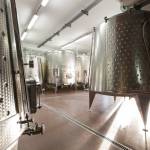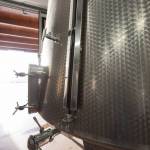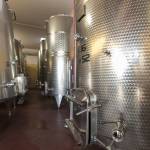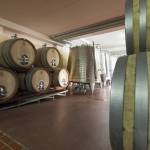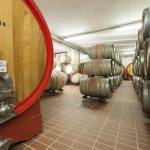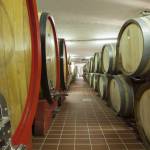Technology at the service of tradition
The perfect degree of ripening of the grapes is synonymous with quality, for this reason our staff of Winemakers and Agronomists, already starting a month before harvesting, begins to discuss with each other, and to perform sampling and analysis of the grapes, to generate the curve of maturation. Once the right harvest time has been set, the harvest begins.
The grapes are collected by hand and transported to the collection point in a very short time, thus preventing the oxidation of the grapes.
The de-stemmer separates the grapes from the stems, the former are pushed inside a pneumatic press where the must is separated from the skin and seeds.
The yeasts transform the sugars into alcohol, during the fermentation process, and then the must into wine. Our task in this phase is to analyze and taste the fermenting wine on a daily basis to ensure the smooth operation of the process.
For white wines, thanks to automatic plants, we also check the temperature very carefully (that should not exceed 16.5 – 17 °C), to preserve and enhance the aromatic component, a key feature of the bouquet of our wines.
Following fermentation you proceed to the maturation of the must on lees. This process is technically called “batonnage” and is of variable duration. The ability of our winemakers is to identify the exact moment to interrupt this process to prepare the wines for wine bottling.
For red wines the process remains unaltered up to the pressing of the grapes, at this point the pressed grapes are transferred in special tanks, called fermenters, the skin contact being crucial, as it is from these that we extract the colour and soft and sweet tannins that characterize the great red wines.
The maceration normally has a variable duration depending on the quality of the grapes and final destination of the wine. The maturation takes place both in barrels made of wood and in tanks made of steel for a variable length of time depending on the kind of wine to be produced.


